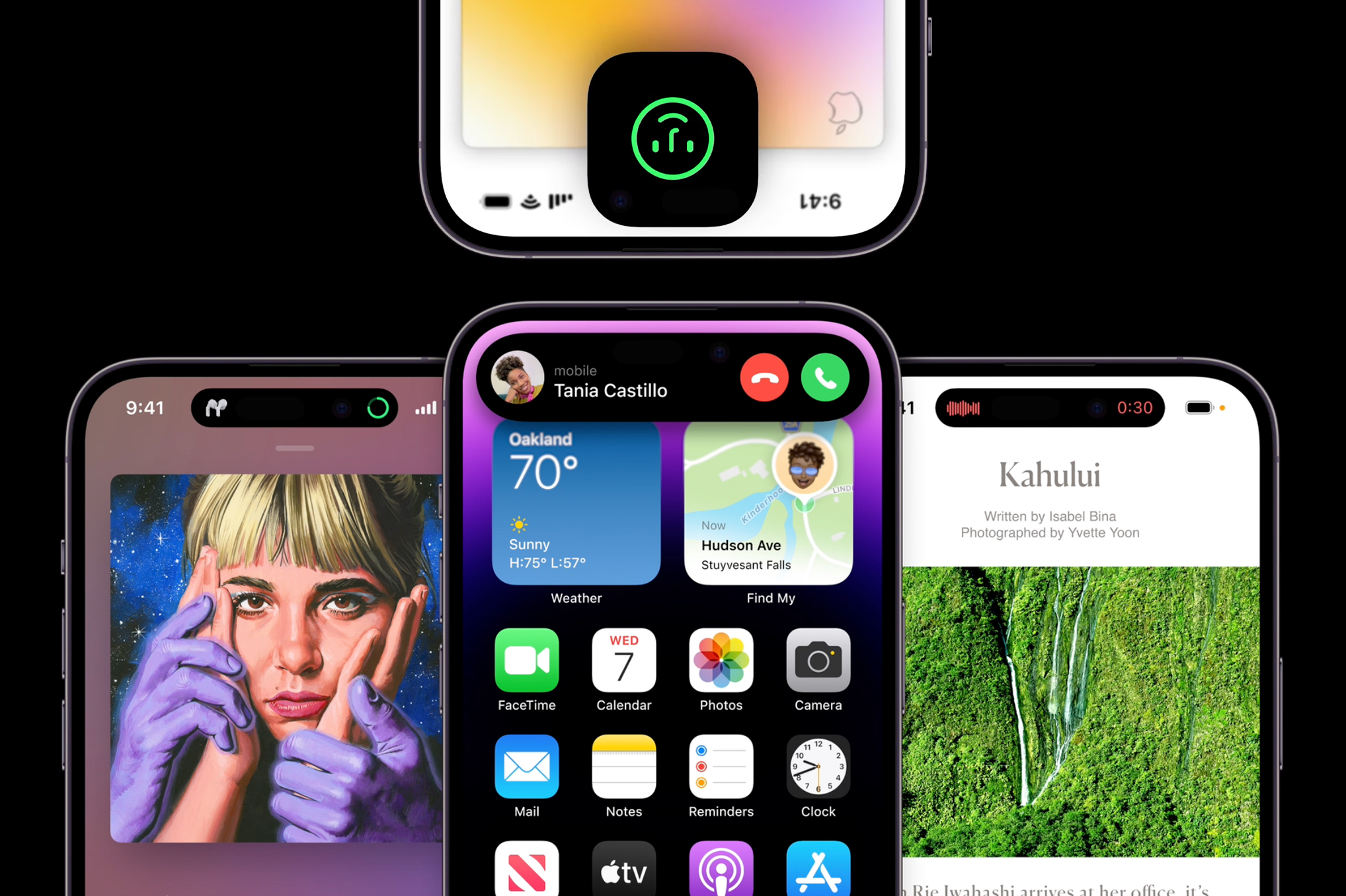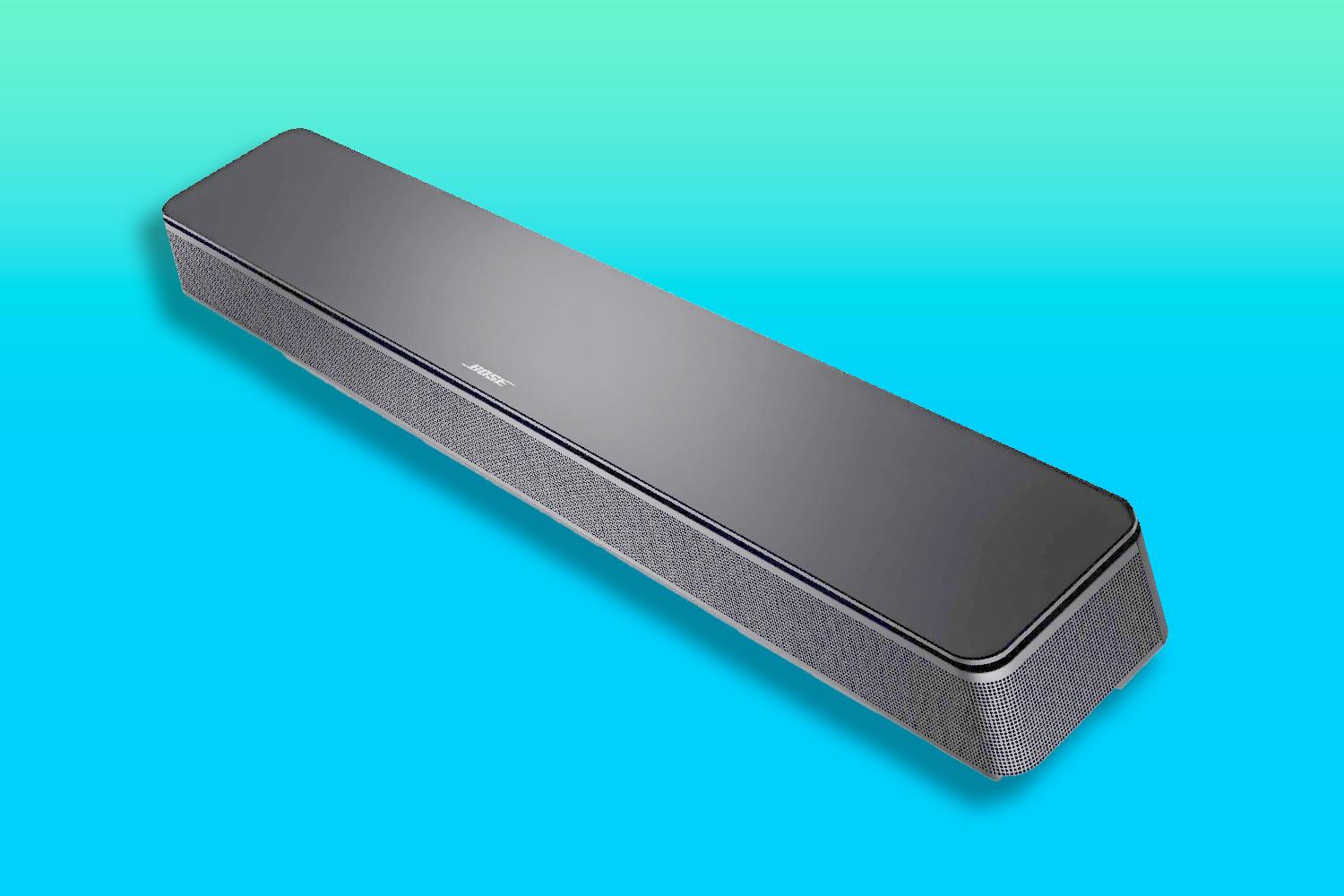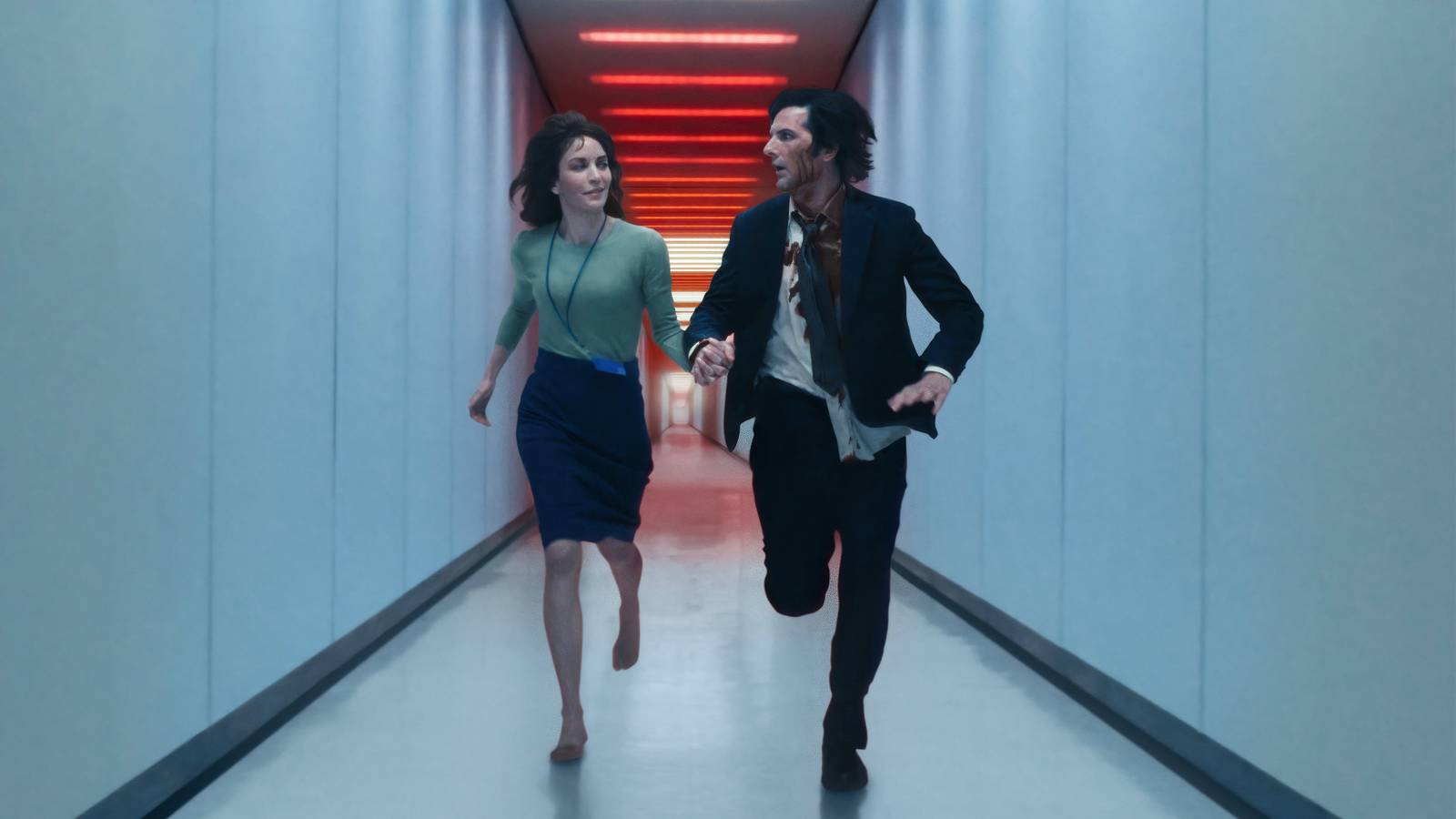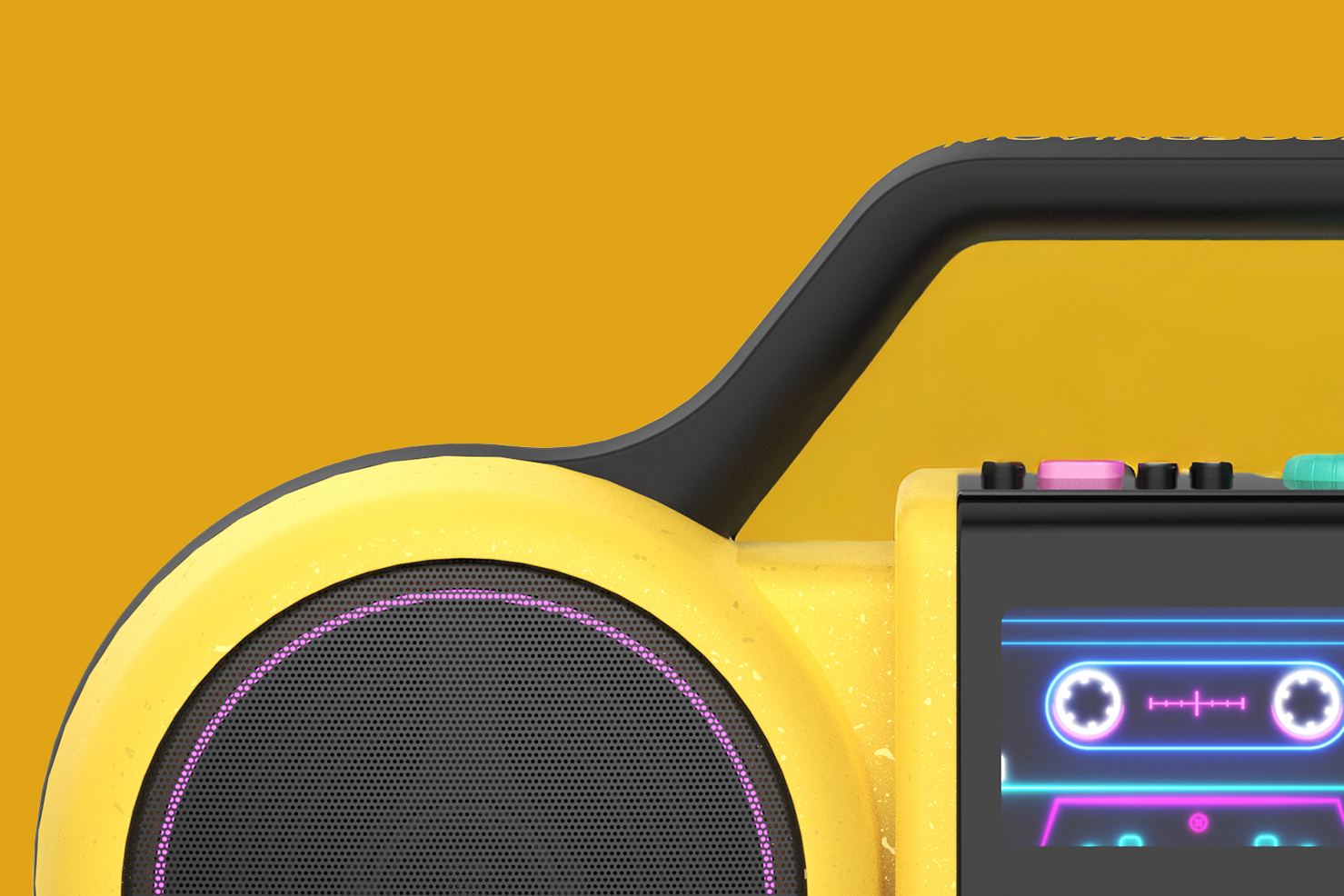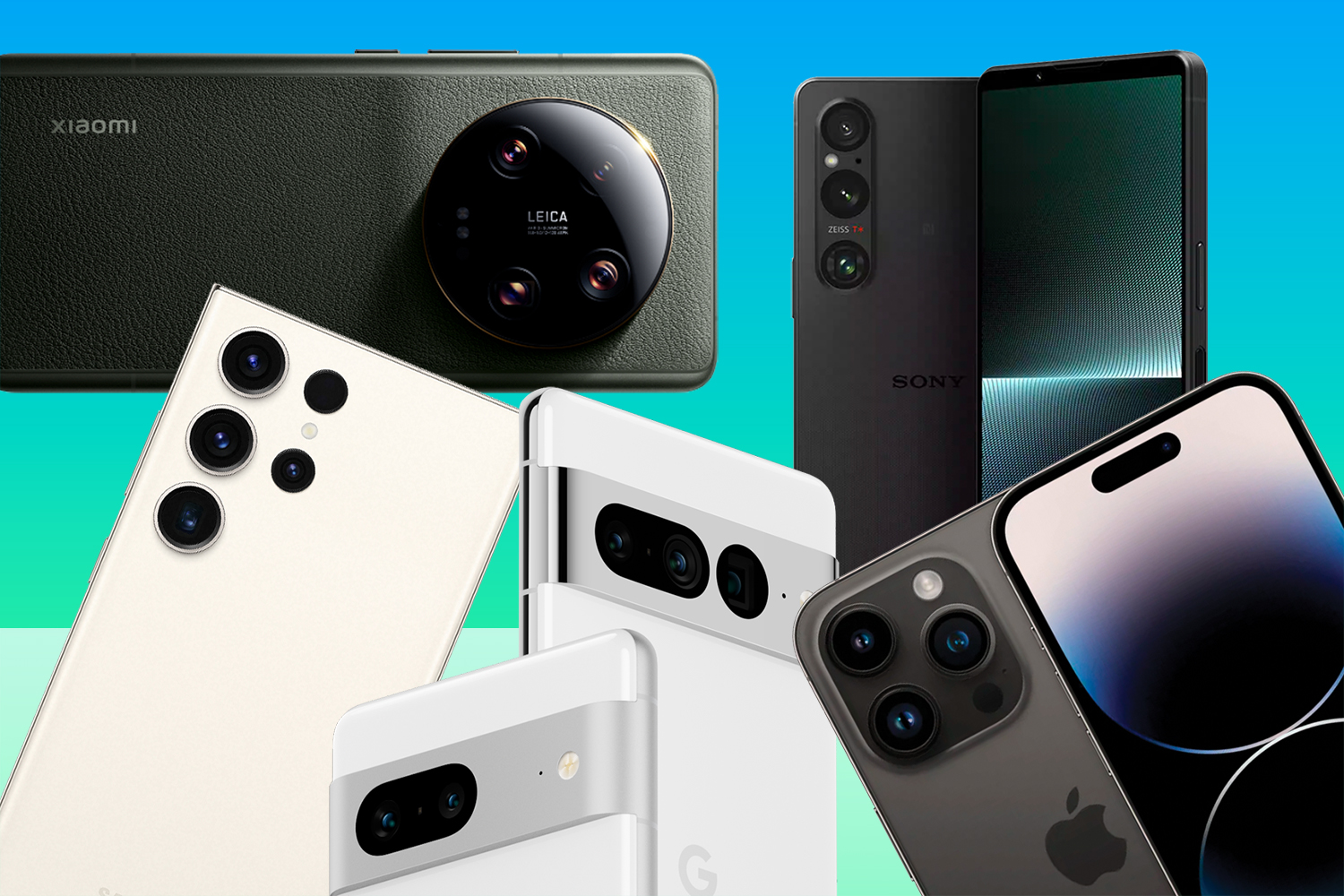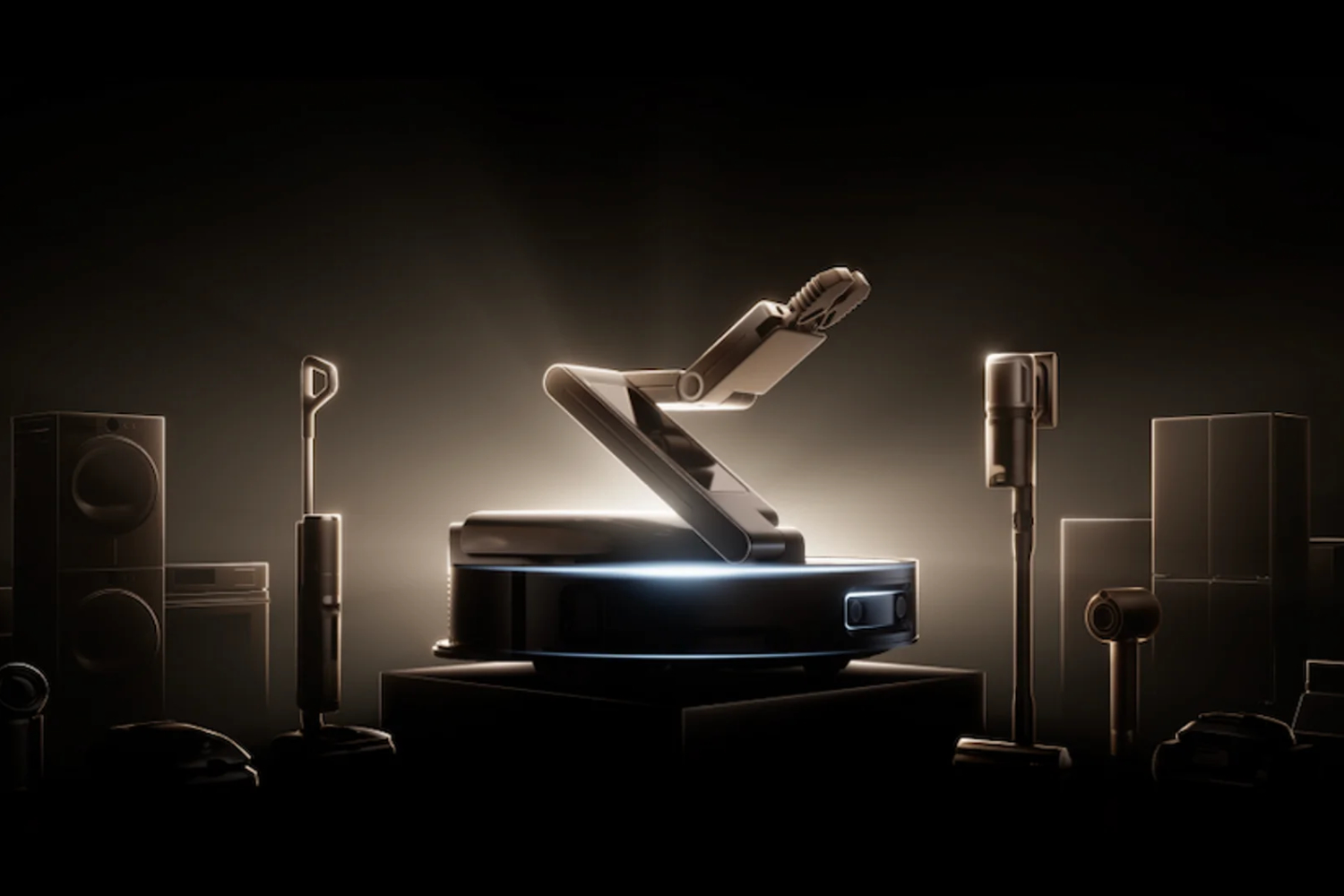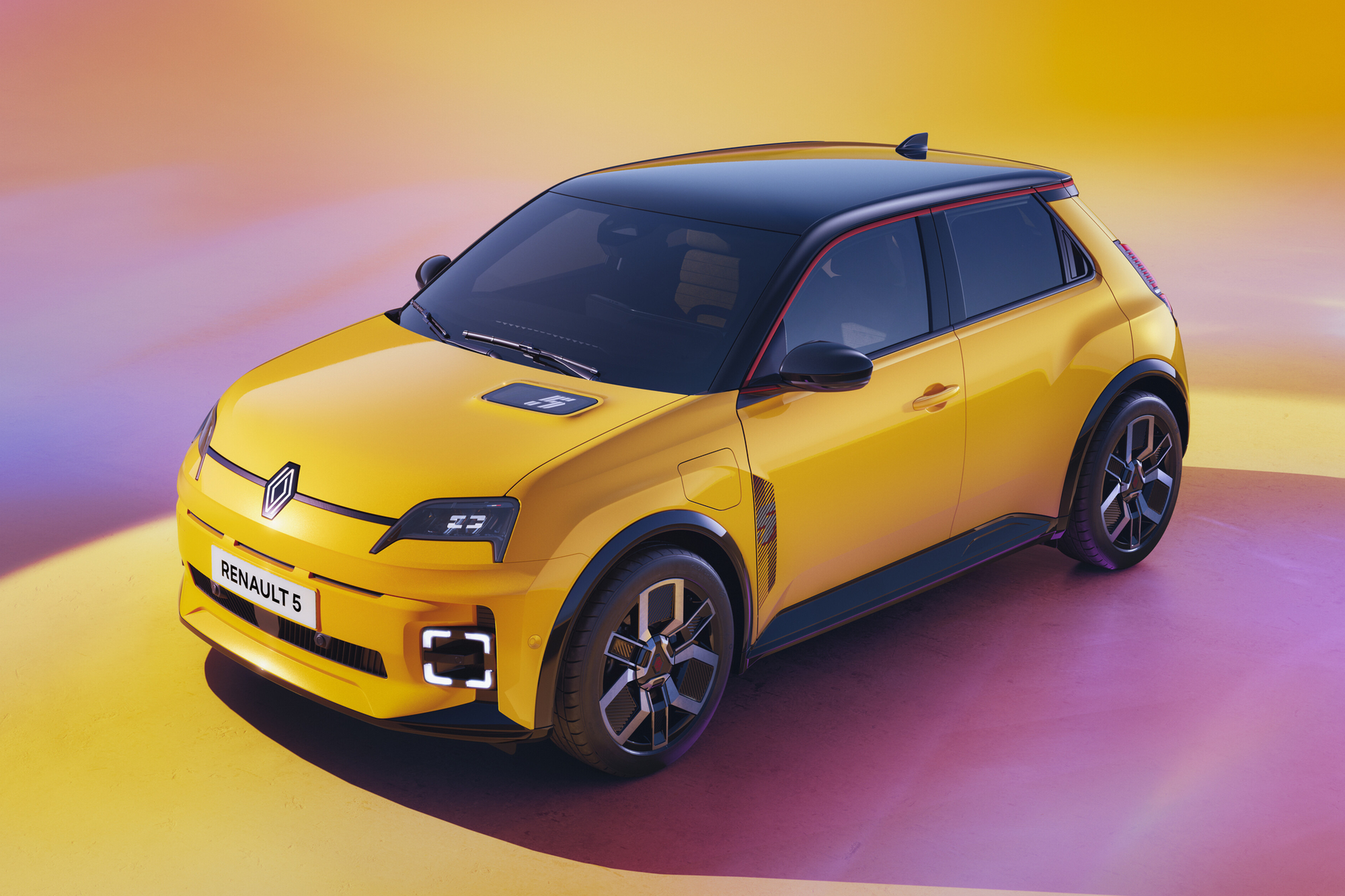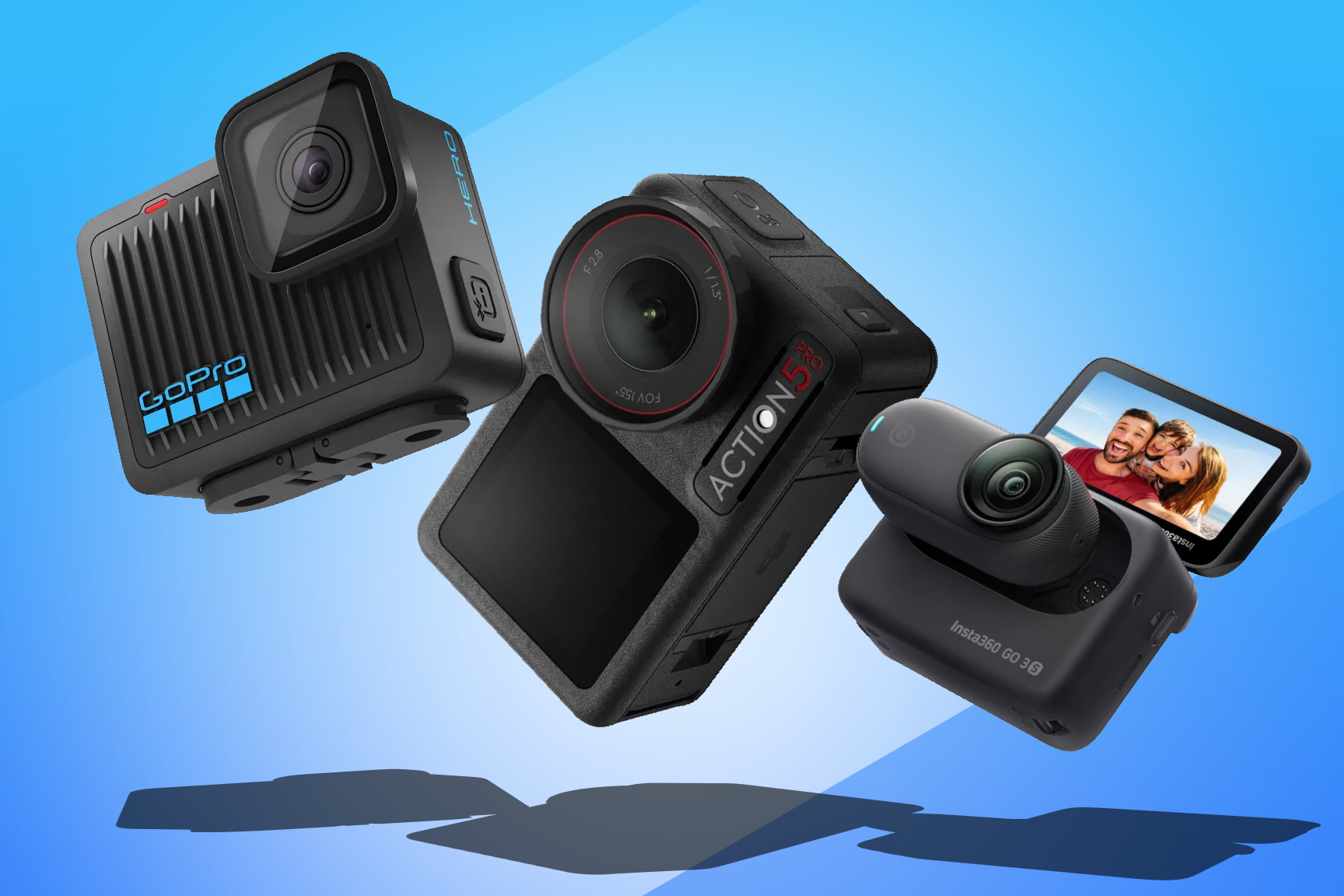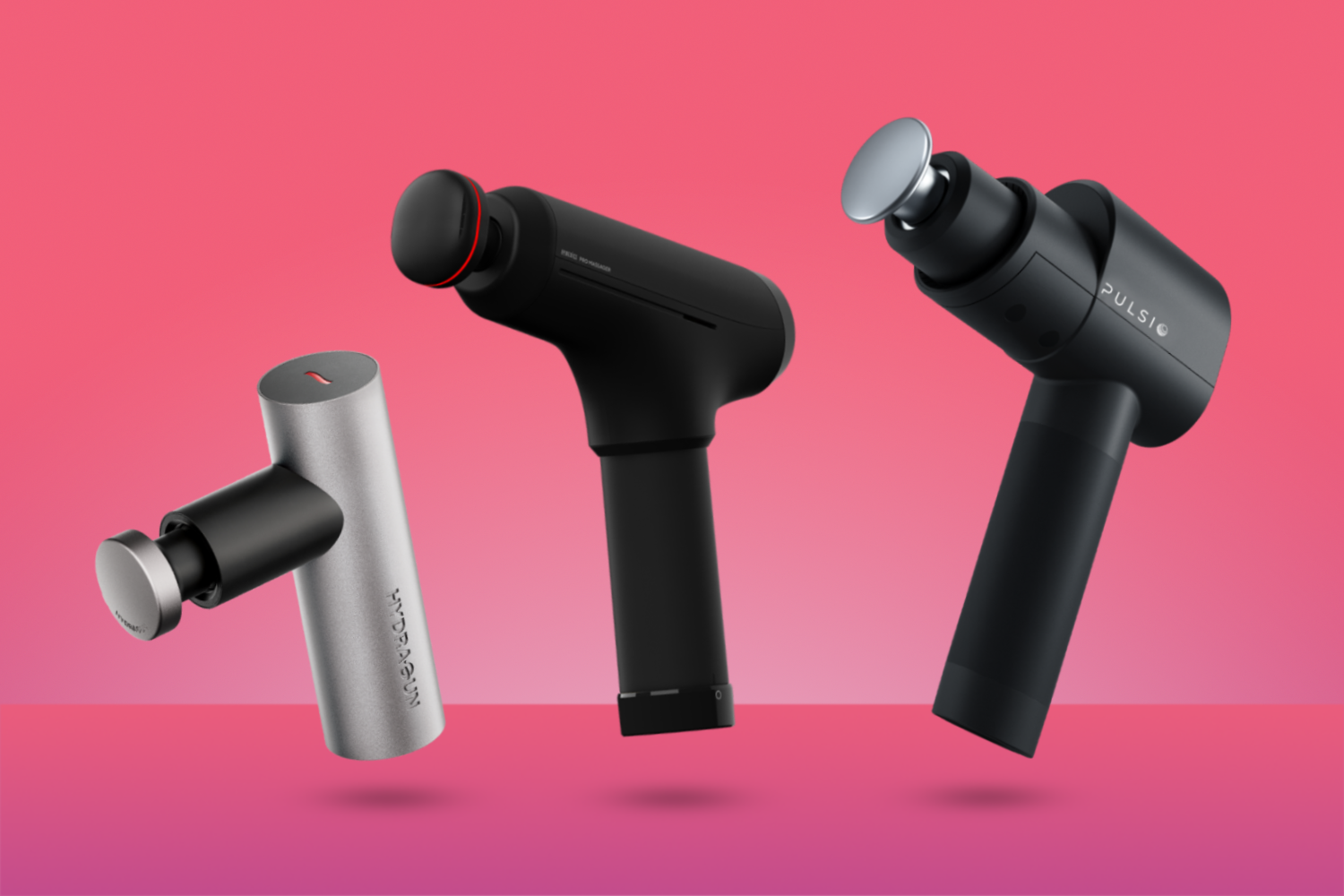Snapping up one of the best phones for photography is something more of us are doing, now that cameras have become the biggest differentiators between handsets. New hardware and software improvements are also coming thick and fast with each new launch. But which is the best?
The reality, of course, is that not all smartphones are made equal, especially when it comes to camera performance. We’ve rounded up some of the best top-tier smartphone cameras for photography currently available, based on years of expertise. If you’re after the best cameraphone, look no further than this lot:
Why you can trust Stuff: Our team of experts rigorously test each product and provide honest, unbiased reviews to help you make informed decisions. For more details, read how we test and rate products.
Quick list: what are the best camera phones?
The best camera phones you can buy today:
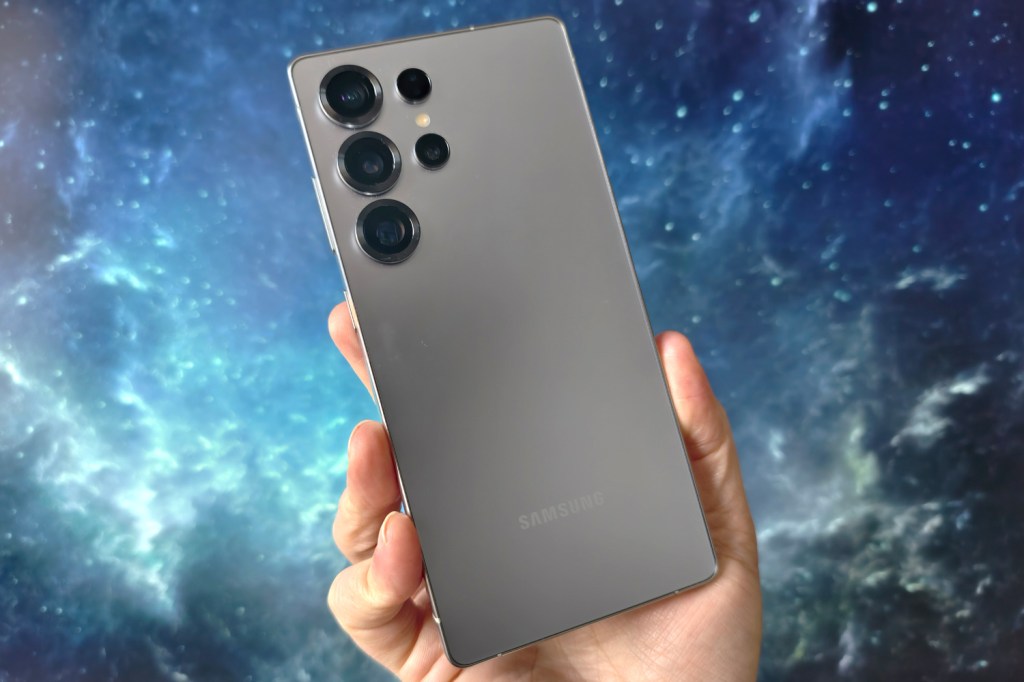
1. Samsung Galaxy S25 Ultra
| Samsung Galaxy S25 Ultra specs | |
|---|---|
| Screen | 6.9in, 3200×1440 AMOLED w/ 1-120Hz LTPO adaptive refresh, 2600 nits |
| CPU | Qualcomm Snapdragon 8 Elite For Galaxy |
| Memory | 12GB RAM |
| Cameras | 200MP, f/1.7 main w/ Quad pixel AF, OIS + 50MP, f/3.4 periscope zoom w/ dual pixel AF, OIS, 5x optical zoom + 10MP, f/2.4 zoom w/ dual pixel AF, OIS, 3x optical zoom + 50MP, f/2.2 ultrawide rear 12MP, f/2.2 front w. dual pixel AF |
| Storage | 256GB/512GB/1TB on-board |
| Operating system | Android 15 w/ OneUI 7 |
| Battery | 5000mAh w/ 45W wired, 15W wireless charging |
| Dimensions | 163x78x8.2 mm, 218g |
In some respects, the Galaxy S25 Ultra doesn’t move the game on much from last year. Its 200MP main snapper and two telephoto lenses (one 50MP, 5x zoom and one 10MP, 3x zoom) are unchanged from the S24 Ultra, but the ultrawide has been boosted to 50MP – and given some autofocus abilities for macro photography.
That means it falls behind some rivals on zoom snaps, but otherwise buts in a strong showing across the board. Importantly Samsung’s image processing is consistent across each lens, and generally delivers very pleasing pics. It’s almost a given that shots in both bright and dark conditions are excellent, with the combination of Samsung’s software and hardware managing to turn day into night with apparent ease.
Elsewhere it’s the only phone with Corning Gorilla Armor 2 glass, performance is superb thanks to a Snapdragon 8 Elite for Galaxy chipset, and the mild design refresh keeps it looking current. It’s a shame battery life hasn’t seen the sorts of improvement rivals with silicon-carbon tech are producing, and that the S Pen has lost a few functions compared to last year. Still, the is the best Samsung smartphone camera experience to date, and among the best smartphones for photography in any situation.


2. Google Pixel 9 Pro
| Google Pixel 9 Pro specs | |
|---|---|
| Screen | 6.3in, 1280×2856, 1-120Hz AMOLED |
| CPU | Tensor G4 |
| Memory | 16GB RAM |
| Cameras | 50MP, f/1.7 w/ dual pixel PDAF, OIS, laser AF + 48MP, f/2.8 periscope telephoto w/ 5x zoom, OIS, dual pixel PDAF + 48MP, f/1.7 ultrawide w/ dual pixel PDAF rear 42MP, f/2.2 w/ PDAF front |
| Storage | 128/256/512GB/1TB |
| Operating system | Android 14 |
| Battery | 4700mAh w/ 27W wired, 21W wireless charging |
| Dimensions | 152.8x72x8.5mm, 199g |
The Google Pixel 9 Pro truly shines with its exceptional camera capabilities, making it a standout in the smartphone market. This latest model continues Google’s tradition of outstanding mobile photography, and in our experience, it takes this to new heights with a series of impressive upgrades.
The Pixel 9 Pro’s camera system includes a 50MP main sensor that captures sharp, detailed images, but the real highlights are the 48MP ultrawide and periscope telephoto lenses. The ultrawide lens offers an expansive field of view, perfect for landscape and group shots, while maintaining excellent colour consistency and minimal distortion. The 48MP telephoto lens, with its 5x optical zoom, is a major upgrade, providing clear, sharp images even at higher magnifications.
Google’s computational photography remains a key strength. The Pixel 9 Pro features advanced AI tools like Magic Editor and Best Take, which simplify photo editing and enhance image quality. The Magic Editor allows for automatic reframing and cropping suggestions, and the ‘Add Me’ feature helps you seamlessly insert yourself into group photos. These tools make photo adjustments effortless, although the results can vary in precision.
For selfies, the 48MP front camera delivers crisp, vibrant shots with accurate skin tones, even in low light. Video recording is equally impressive, supporting 8K at 30fps and 4K at 60fps, ensuring versatile options for both casual and more serious videographers.
Overall, the Pixel 9 Pro’s camera capabilities are exceptional, reinforcing Google’s reputation for leading-edge mobile photography. Whether you’re capturing everyday moments or pushing the limits with advanced features, the Pixel 9 Pro offers a top-tier camera experience.


3. Apple iPhone 16 Pro Max
| Apple iPhone 16 Pro Max specs | |
|---|---|
| Colours | Natural Titanium/Desert Titanium/White Titanium/Black Titanium |
| Display | 6.9in 2868×1320 OLED HDR at 460ppi |
| Processor | A18 Pro |
| RAM | 8GB |
| Storage | 256GB/512GB/1TB |
| OS | iOS 18 |
| Cameras | 48MP ƒ/1.78 main, 48MP ƒ/2.2 ultra wide, 12MP ƒ/2.8 telephoto (5× optical zoom in) rear; 12MP ƒ/1.9 front |
| Battery | 4685mAh |
| Dimensions | 163x78x8.3mm (6.42×3.06×0.33in) |
| Weight | 227g (8.01oz) |
| Connectivity | USB-C (supports charging, DisplayPort, and USB 3) |
Apple’s iPhone cameras have been top-notch for years, and the iPhone 16 Pro Max is no exception, bringing with it a couple of key improvements that make it one of the best smartphone cameras in the world right now. Its triple-camera affair increases the ultrawide pixel count to 48MP, resulting in clearer images and eye-pleasing close ups. Colours are still as accurate as ever, in just about all lighting conditions.
The new Camera Control button adds a physical shutter release, as well as zoom and settings controls more akin to a traditional camera. Elsewhere, you’ll find Apple’s Photonic Engine which has been upgraded to work even better software magic to improve shots in mid and low-light settings. Video has seen several boosts, including a four-mic array, AI-enhanced background noise reduction, and 120fps slow motion 4K recording.
If you want to sacrifice a little battery life and screen size then you can also snap up the cheaper iPhone 15 Pro, which shares most of the same camera features as its Max brother – including its 5x telephoto lens. Ultimately, this is easily the best cameraphone Apple has ever made.
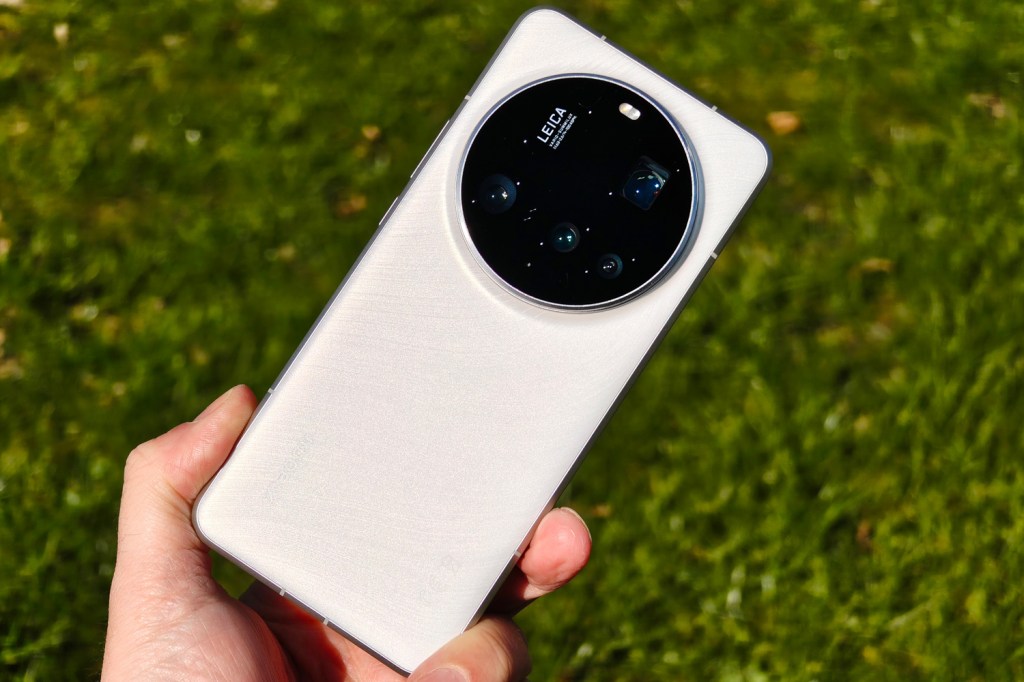

4. Xiaomi 15 Ultra
| Xiaomi 15 Ultra specs | |
|---|---|
| Screen | 6.73in, 3200×1440 AMOLED w/ 1-120Hz LT6.73in, 3200×1440 AMOLED w/ 1-120Hz, 3200 nit peak brightness |
| CPU | Qualcomm Snapdragon 8 Elite |
| Memory | 16GB RAM |
| Cameras | 50MP, f/1.63 w/ OIS + 50MP, f/1.8 floating telephoto w/ 3x zoom, OIS + 200MP, f/2.6 periscope telephoto w/ 4.3x zoom, OIS + 50MP, f/2.2 ultrawide rear 32MP, f/2.0 front |
| Storage | 512GB/1TB on-board |
| Operating system | Android 15 w/ HyperOS 2 |
| Battery | 5410mAh w/ 90W wired, 80W wireless charging |
| Dimensions | 161x75x9.3mm, 226g |
We’ve fully tested the Xiaomi 15 Ultra, and if you care about phone photography above all else, this is the one to get. Its one-inch main sensor, dual high-res zoom lenses and Leica-enhanced image processing serve up stunning shots in every condition – from dimly lit alleyways to punchy portraits with delicious bokeh. Add in the optional photography grip (complete with zoom dial, shutter button and filter ring) and you’re holding something much closer to a compact camera than your typical smartphone.
But this isn’t just a camera with a phone attached. The 15 Ultra feels every bit a flagship, with a brilliant 6.73in AMOLED screen, blisteringly fast Snapdragon 8 Elite chip and refined HyperOS software that plays nicely with Google’s AI tools. Build quality is reassuringly premium, albeit on the chunky side, and charging speeds put most rivals to shame.
We found battery life decent rather than best-in-class, though the new 5410mAh cell is a step up from last year’s Ultra. There’s no Qi2 magnetic charging, and it still costs a small fortune, but when it comes to raw imaging power, the Xiaomi 15 Ultra leaves rivals like the Galaxy S25 Ultra and iPhone 16 Pro Max playing catch-up.
This is a phone for serious snappers, not just Instagram dabblers. If you shoot first and ask questions later, this should be top of your list.


5. Google Pixel 9a
| Google Pixel 9a specs | |
|---|---|
| Screen | 6.3in Actua Display, 1080 x 2424 OLED, 2700 nits, 60-120Hz) |
| CPU | Google Tensor G4 |
| Memory | 8GB RAM |
| Cameras | 48MP f/1.7 main + 13MP,f/2.2 ultrawide rear 13MP, f/2.2 front |
| Storage | 128/256GB |
| Operating system | Android 15 |
| Battery | 5100 mAh |
| Dimensions | 154.7 x 73.3 x 8.9 mm 6.1 x 2.9 x 0.4 in |
| Weight | 185.9 g / 6.6 oz |
Google has taken the Pixel 9a even further upmarket than last year’s A-series model, borrowing more design nous from the pricier Pixel 9 and sharing some AI smarts with the Pixel 9 Pro flagship. Its 64MP main camera sensor is again bespoke to the A-series phone, but the pixel-binning smarts used to improve low-light shots are very much in keeping. Combined with the firm’s typically excellent software, it’s one of the best bang-for-buck photography experiences around.
Powerful algorithms squeeze the most out of dual snappers. Shots from both cameras are stuffed with detail, wonderfully exposed, with no hint of unsightly noise, and they perform well in dim conditions too. Autofocus is quick, and auto HDR does a brilliant job of exposing bright skies without losing detail in shadows. Skin tones are impressive as well, with Google using a dedicated Real Tone algorithm for more accurate results.
There’s no dedicated telephoto (aka, zoom) camera, which is to be expected at this price, but considering you still get the same software tricks found in the more expensive Pixel 9 Pro (like Magic Eraser), it’s hard to complain. Easily one of the best cameraphones around for the money you’re paying.
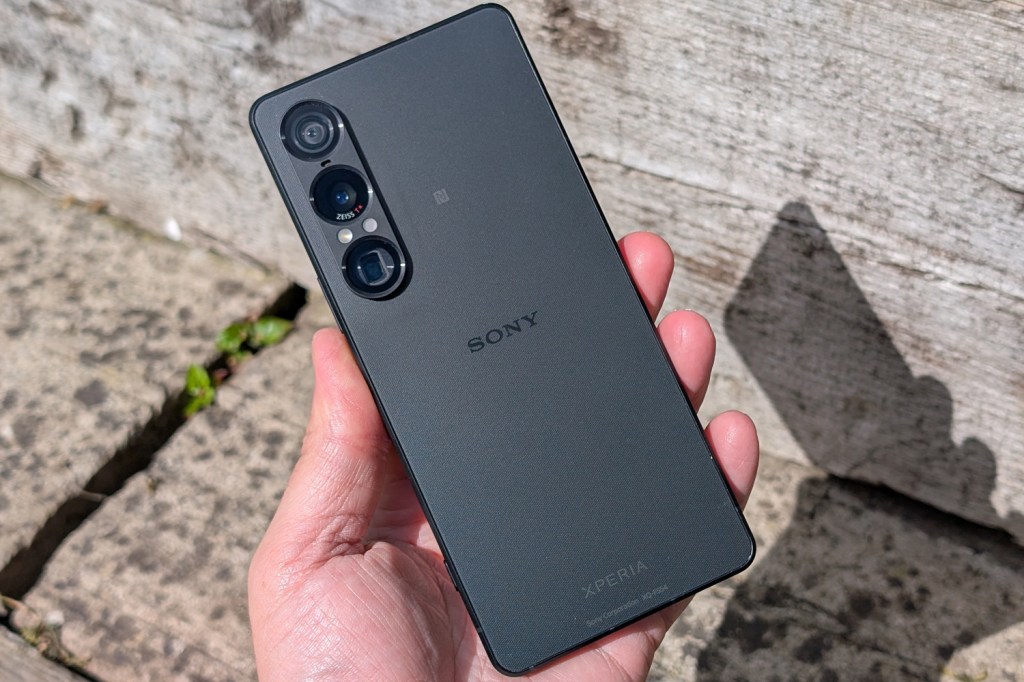

6. Sony Xperia 1 VII
| Sony Xperia 1 VII specs | |
|---|---|
| Screen | 6.5in 2340×1080 OLED w/ 120Hz |
| CPU | Snapdragon 8 Elite |
| Memory | 12GB RAM |
| Cameras | 48MP, f/1.9 w/ dual pixel PDAF, OIS + 12MP, f/2.3 telephoto w/ dual pixel PDAF, OIS, 3.5x-7.1x zoom 48MP, f/2.0 ultrawide w/ PDAF rear 12MP, f/2.0 front |
| Storage | 256GB on-board MicroSD expansion |
| Operating system | Android 15 |
| Battery | 5000mAh w/ 30W wired, 15W wireless charging |
| Dimensions | 162x74x8.2mm / 6.38×2.91×0.32in 197g / 6.95oz |
We’ve been using the Sony Xperia 1 VII as our daily phone, and while it’s not for everyone, there’s something refreshingly stubborn about it. In a world where most flagships blur into one, this phone sticks to its niche – and sticks hard. You get a headphone jack, microSD card slot, a proper shutter button and a tall, cinematic OLED screen with zero notches or punch holes.
It’s still a fantastic phone for photographers and videographers, especially fans of ultrawide shots. The new 48MP sensor delivers standout detail and colour, and the main lens impresses across lighting conditions. We love the continuous zoom – a rare feature – though image sharpness does lag behind fixed-lens rivals at full stretch. Sony’s more hands-off processing leans natural rather than punchy, which will suit some and frustrate others. Thankfully, you no longer have to dive into manual mode to get great results.
Performance is as fast as you’d expect from a Snapdragon 8 Elite chip, and battery life will comfortably see you through a day, though it won’t go much further. Charging speeds are now well behind the curve, and you don’t get modern AI tricks like generative photo edits.
Still, if you value control, clarity, and a few old-school perks, this might be the last phone standing that truly delivers. We loved our time with it, but we also know it’s a phone made for a very specific kind of user.
What to look for when choosing the best camera phone
Most modern flagship handsets have three rear cameras. The wide-angle typically has the largest sensor and is the most versatile; the ultrawide fits more into the frame, and often doubles as a close-up camera; while the telephoto (zoom) lens gets you closer to the action without compromising quality.
If you’re choosing a smartphone based solely on its picture-taking abilities, there are several things to consider beyond camera count:
One of the primary specifications to look at is sensor resolution. Higher-megapixel cameras generally result in clearer and more detailed images. However, it’s essential to remember that pixel count doesn’t solely determine picture quality. Physically larger sensors capture more light and detail than smaller ones, so typically perform better in challenging lighting conditions.
Getting more technical, a camera’s lens aperture affects how much light it can gather. Typically measured in f-stops, a lower number indicates a wider aperture. The most advanced cameraphones have variable apertures, which can adjust to achieve shallow depth-of-field effects (where the subject is sharp while the background is blurred) or shoot in dark conditions without relying on a show shutter speed.
Low-light shooting also greatly benefits from Optical Image Stabilisation (OIS). It helps reduce blurriness caused by hand movements while taking photos or recording videos without a tripod. The best phones have OIS on both their main and telephoto lenses.
Most smartphones now use some degree of computational photography to optimise exposure, colour, and dynamic range. If you want to make sure you’re buying a good camera phone, look at the same images we take in our reviews, rather than just basing your decision off of specs.
For those who frequently shoot videos with their phones, it’s essential to consider the video recording capabilities as well. Factors such as resolution (you’ll want to record 4K footage for the best detail), frame rate, and the availability of stabilization features should be taken into account.
Finally, don’t overlook the front-facing camera, as getting a good selfie is important as well. Look for the same specifications previously mentioned, as well as any selfie-specific modes or enhancements offered by the phone. A good front camera should ensure clear and flattering self-portraits and video calls.
If you’re looking to save money, you can check out our best budget camera phone guide.
What are the best camera phone brands?
Apple, Samsung and Google regularly rank among the best camera phone brands worldwide, but each excels in a different area.
Google’s Pixel series is celebrated for its computational photography, delivering exceptional quality with features like Best Shot, Night Sight and Super Res Zoom – despite not always having the newest or best sensors. Apple traditionally has superior video capabilities, and excels in simplifying features and functions through software. Samsung, on the other hand, is renowned for its versatile camera systems and vibrant colour science.
The Big Three’s photographic dominance isn’t what it once was, though. Xiaomi, Oppo and Vivo have all adopted larger imaging sensors and refined their image processing, to the point they regularly produce higher quality results. Partnerships with legacy camera specialists like Zeiss, Hasselblad and Leica have brought distinctive, film-like image processing too.
What camera phone has the best video and vlogging capabilities?
We think the iPhone 16 Pro is the top choice for video and vlogging capabilities. It excels with features such as 4K video recording at various frame rates, including 24fps, 30fps, and 60fps, making it suitable for both cinematic and high-action shots. The phone’s advanced stabilization tech ensures smooth and stable footage in all lighting conditions and environments. Additionally, the ProRAW and ProRes recording options provide professional-grade video files that are easy to edit.
